From the the peaks of China's floating mountains to the depths of the Great Blue Hole, there are some natural phenomena that can help us truly appreciate the big old marble we're living on.
From the the peaks of China's floating mountains to the depths of the Great Blue Hole, there are some natural phenomena that can help us truly appreciate the big old marble we're living on.
So, without further ado, here are 17 natural wonders to make you say "wow."





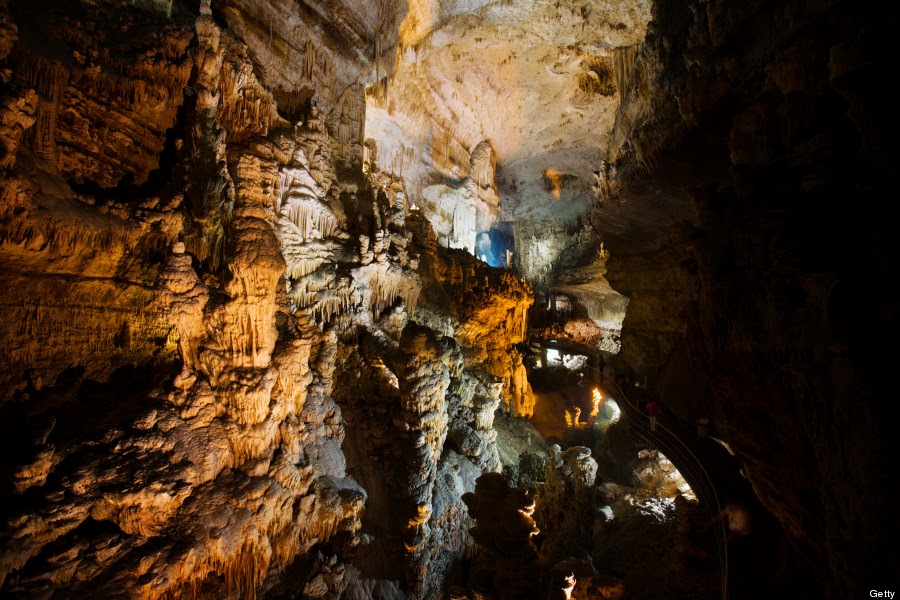
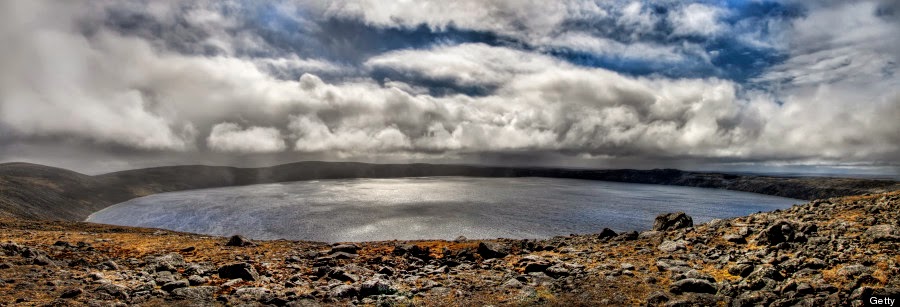

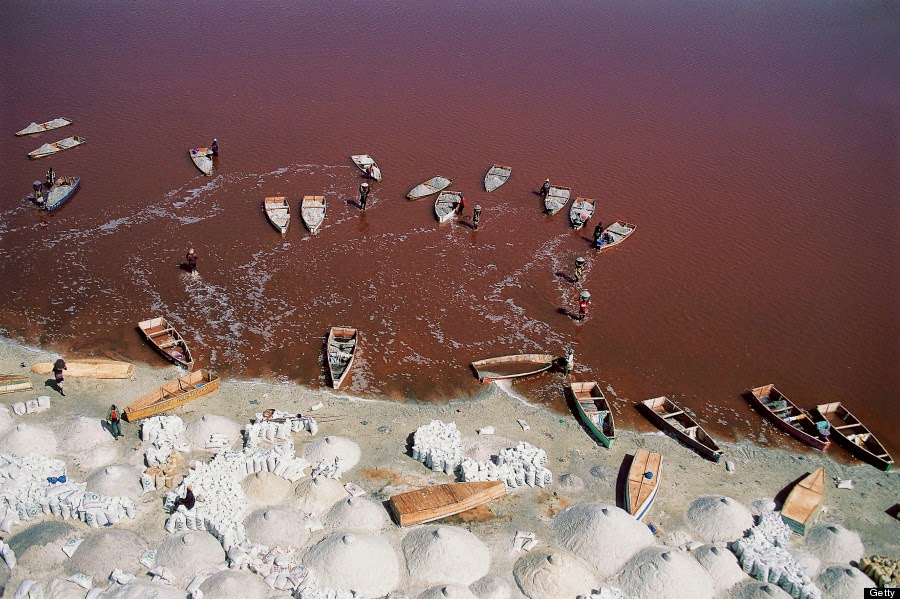
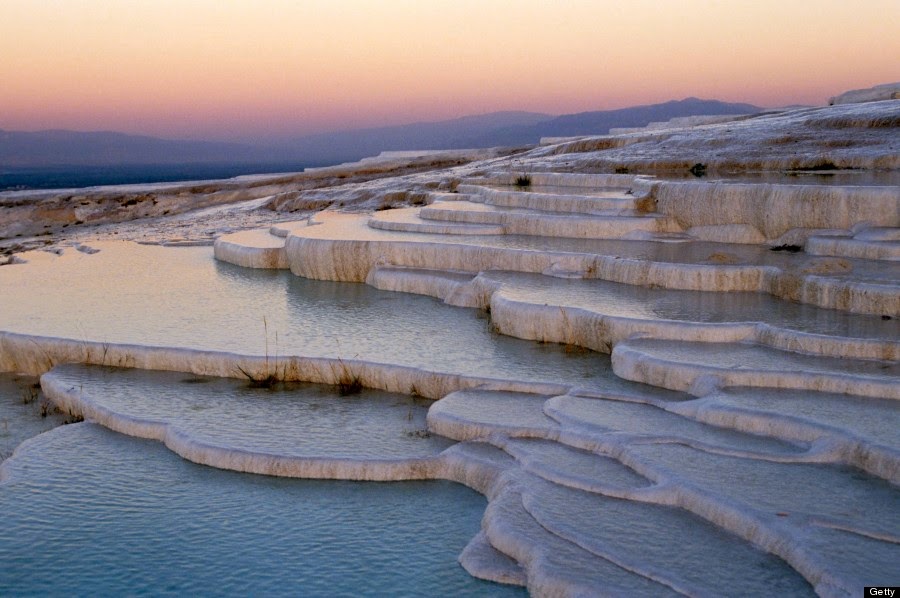
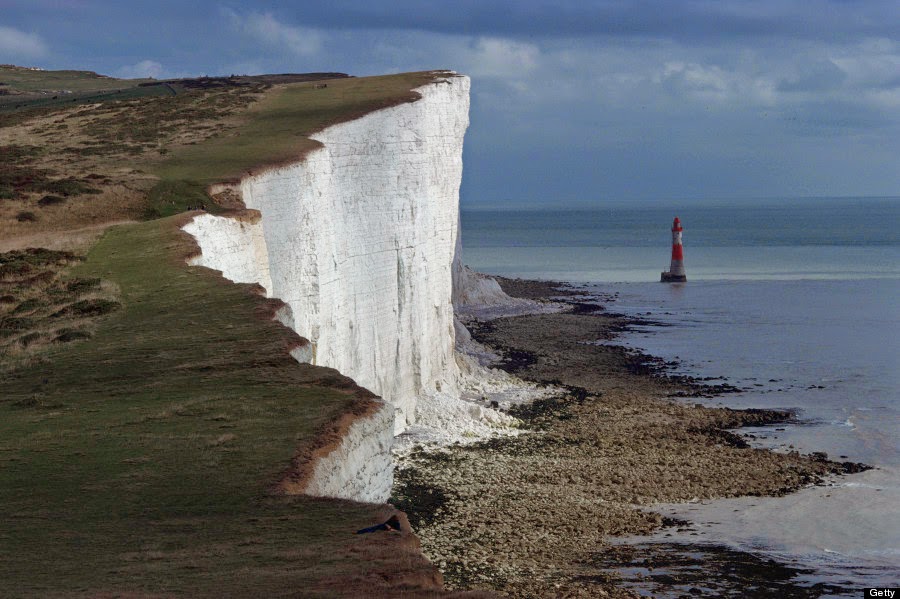



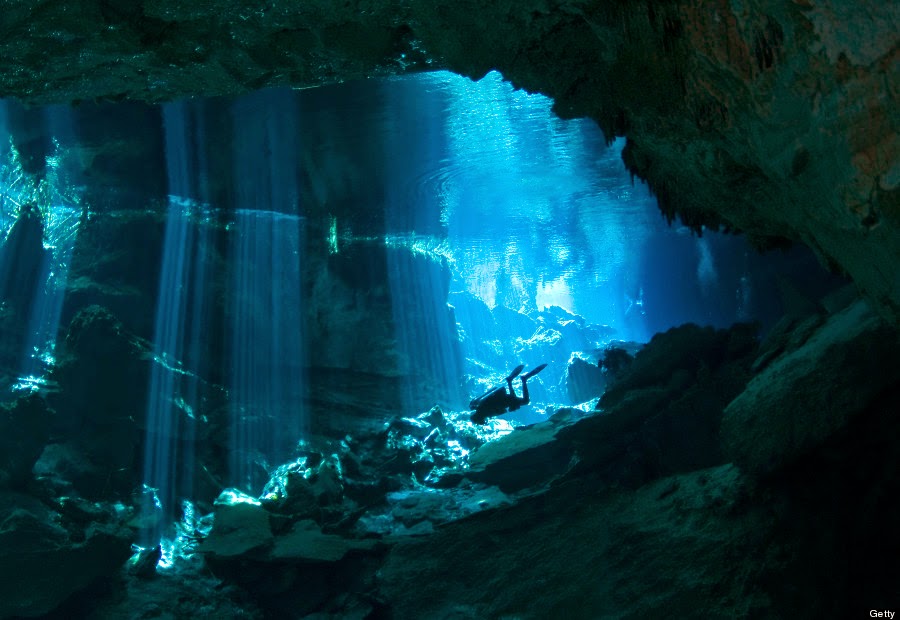
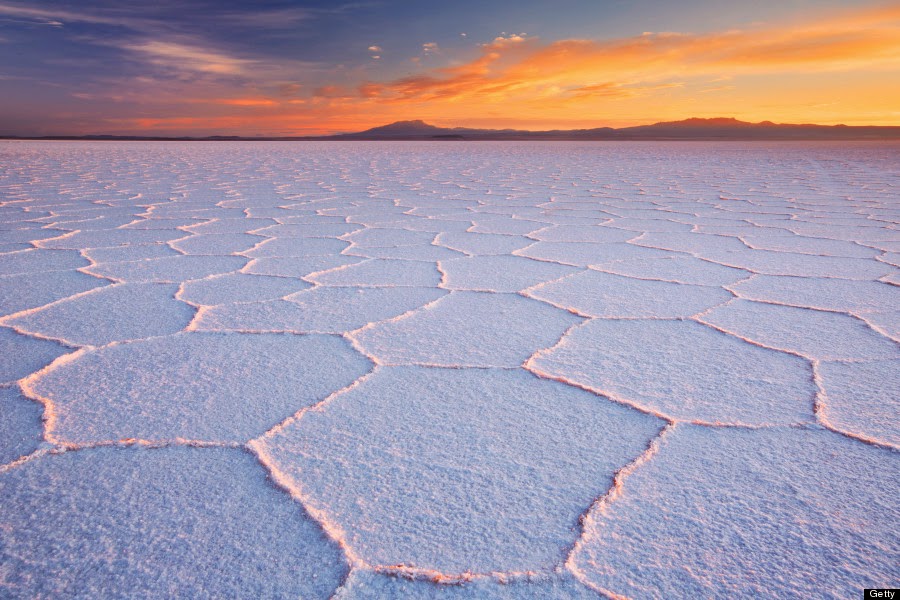

So, without further ado, here are 17 natural wonders to make you say "wow."

Victoria Falls - Zambia and Zimbabwe
More than 500 million cubic meters (132 billion gallons) of water flow over Victoria Falls every minute.

Upsala Glacier - Argentina
The Upsala Glacier is the third-largest in Argentina's Southern Patagonia ice field. Sadly, the formation has experienced significant retreat in recent years.

Paria Canyon - Arizona and Utah, United States
"The Wave" at Paria Canyon was formed over the past 85 million years as different layers of limestone were worn away.

Redwood National Park - California, United States
Thousands of the sequoias in Redwood National Park are nearly 3,000 years old.

Skaftafell National Park - Iceland
Svartifoss waterfall in Skaftafell National Park was formed as dark lava columns were worn away by erosion. The columns wereformed inside a lava flow that cooled very slowly.

Jeita Grotto - Lebanon
Jeita Grotto is an immense limestone cave stretching more than 5 miles underground.

Pingualuit Crater - Quebec, Canada
The remote Pingualuit Crater was created roughly 1.4 million years ago when a meteorite struck the planet.

The Giant's Causeway - Northern Ireland, United Kingdom
The Giant's Causeway was formed by flowing lava that hardened into the basalt formations seen here.

Lake Retba - Senegal
Lake Retba, also known as the Rose Lake, gets its pink waters from a type of bacteria attracted to the water's hyper-salinity.

Pamukkale Travertine Pools - Turkey
These travertine pools in Pamukkale, Turkey were formed by a series of hot springs that created these petrified waterfalls. They have remained a popular tourist destination ever since being claimed by the Turkish and Roman empires in the 2nd century B.C.

White Cliffs Of Dover - United Kingdom
The White Cliffs of Dover overlook the English Channel and get their unique hue from simple chalk.

Grand Prismatic Spring - Yellowstone, United States
The Grand Prismatic Spring is the largest hot spring in the United States, stretching 370 feet across.

Zhangjiajie National Forest Park - Hunan, China
The Zhangjiajie National Forest Park is filled with incredible sandstone columns stretching thousands of feet into the sky. The pillars were worn away by erosion over thousands of years, and one of them was renamed the "Avatar Hallelujah Mountain" in honor of the similarly named film.

The Great Blue Hole - Belize
The Great Blue Hole is just that, a massive underwater sinkhole stretching 1,000 feet across and 412 feet deep, surrounded by a ring of coral reefs. Jacques Cousteau declared the site one of the world's top 10 scuba diving destinations in 1971.

Yucatan Cenotes - Mexico
Cenotes are natural sinkholes found throughout Mexico that form when the roof of an underground cavern collapses. Many of them are connected via a string of underwater rivers that create some of the most striking subterranean scuba diving you've ever seen.

The Salar de Uyuni - Bolivia
The Salar de Uyuni is the world's largest salt flat, an arid surface of minerals stretching for miles that turns into the one of the planet's largest mirrors during the rainy season.

The Dead Sea - Jordan and Israel
The Dead Sea is the lowest place on Earth, stretching 1,312 feet below sea level. The highly salinated lake borders Jordan, Israel and Palestine.























